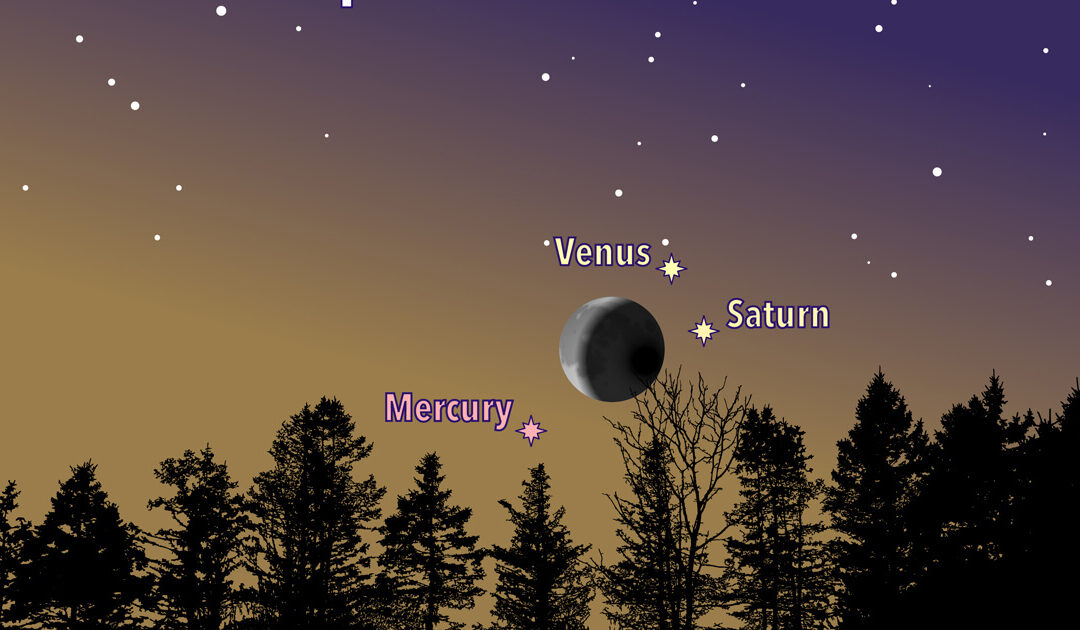Early morning skies are putting on a pretty show with Mercury and Saturn, very low to the horizon, visible below a gleaming Venus. On March 25, at 5:45 am, the planetary trio topped by Venus teams up with a waxing crescent moon until sunrise.
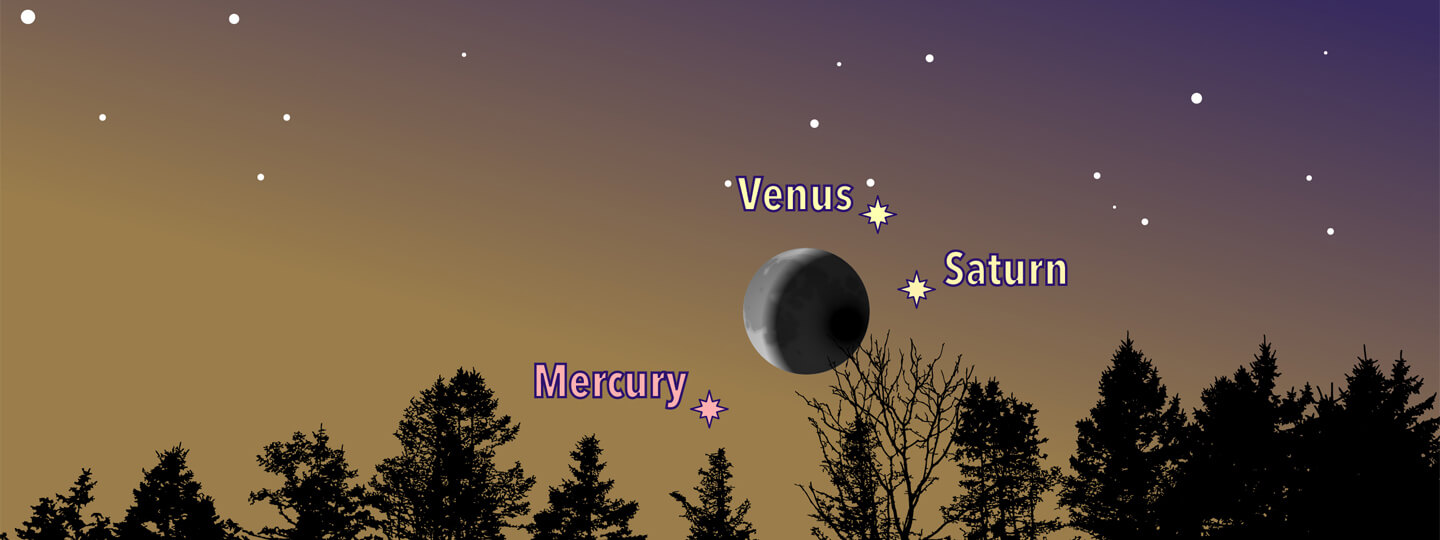
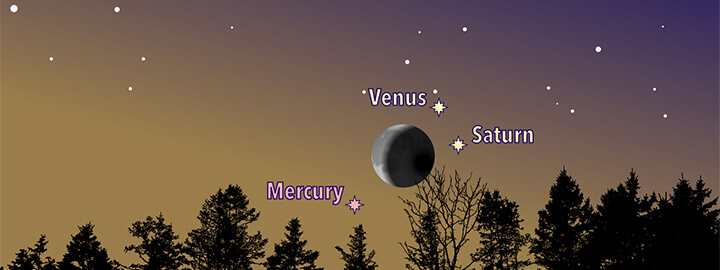
Stargazing: Conjunction Moon, Saturn Venus, Mercury and 55th Anniversary of Earth Day
April 22, 2025
Julie Silverman, Carnegie Science CenterEarly morning skies are putting on a pretty show with Mercury and Saturn, very low to the horizon, visible below a gleaming Venus. On March 25, at 5:45 am, the planetary trio topped by Venus teams up with a waxing crescent moon until sunrise.
Fifty-five years ago today the inaugural Earth Day celebration took place, April 22, 1970. It began in protest of an oil spill off the coast of California and a river that caught on fire in Ohio due to toxic waste. Pre-internet, word spread through news outlets, telephone calls, letters and word of mouth. For the first time, people carried bags of metal cans and glass bottles to collection centers. Millions participated in clean up events that first Earth Day.
Before then, toxic waste was routinely and legally dumped into water systems that led to drinking water. Without regulatory mechanisms, contaminants knocked fragile and finite ecosystems into dead zones. Public pressure from more than twenty million people in cities and communities across the United States brought about the establishment of the Environmental Protections Agency. Twelve other vital environmental legislations passed to protect the health of people and the planet. The 1970’s became known as the “environmental decade,” due to the grass roots movement of concerned citizens. Today, more than one billion people around the globe take part in Earth Day events.

Stargazing: Vega – Anniversary of First Photo of Star Taken
On July 17th, 1850, the first photograph of a star other than our Sun was taken. Home > Blog Brilliant Vega is the brightest...
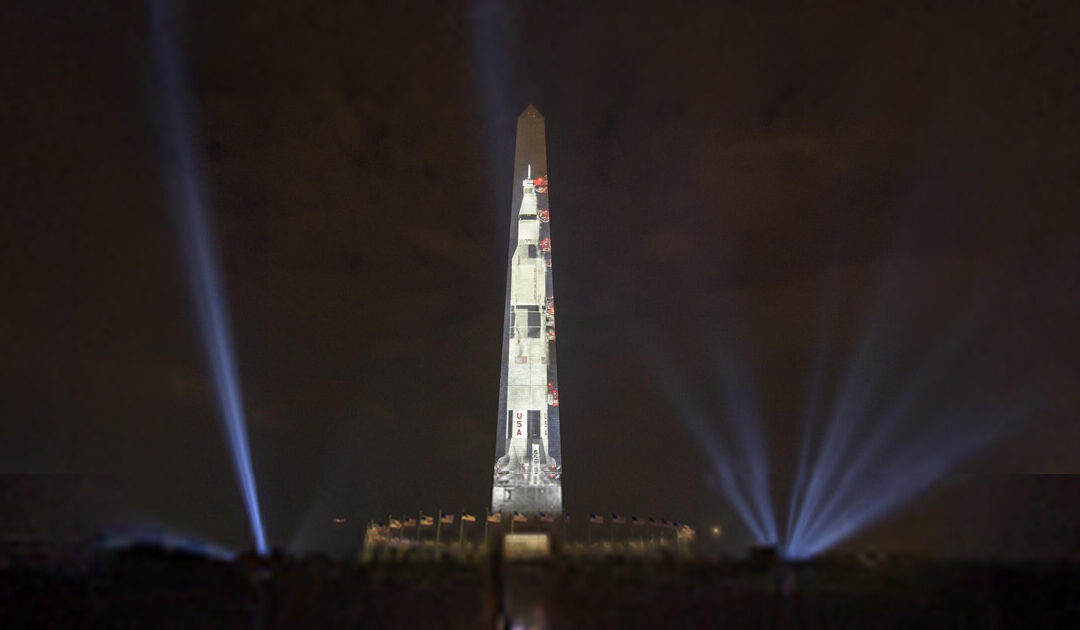
Stargazing: Pittsburgh Goes to the Moon
This year celebrates the 56th anniversary of the first moon landing. On July 20, the world watched as Neil Armstrong and Buzz Aldrin stepped onto the surface of the moon. Home > Blog [sv...
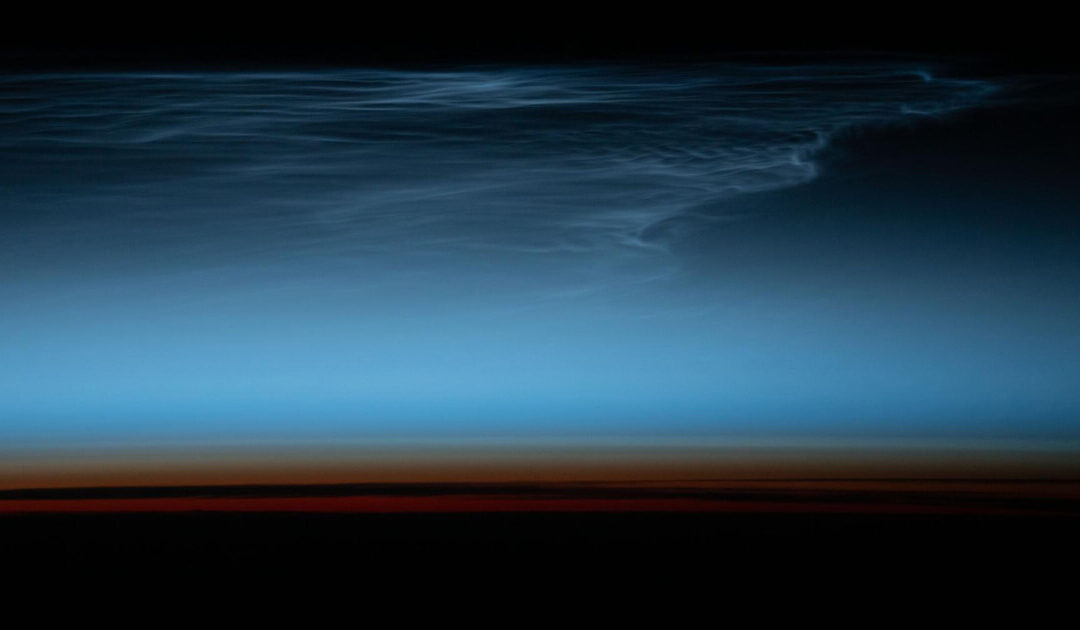
Stargazing: Noctilucent Clouds
Summer is the season to spot rare and luminescent Noctilucent Clouds. From May to early August, these ethereal clouds show their best displays thirty minutes after sunset or before sunrise. Home > Blog [acf...
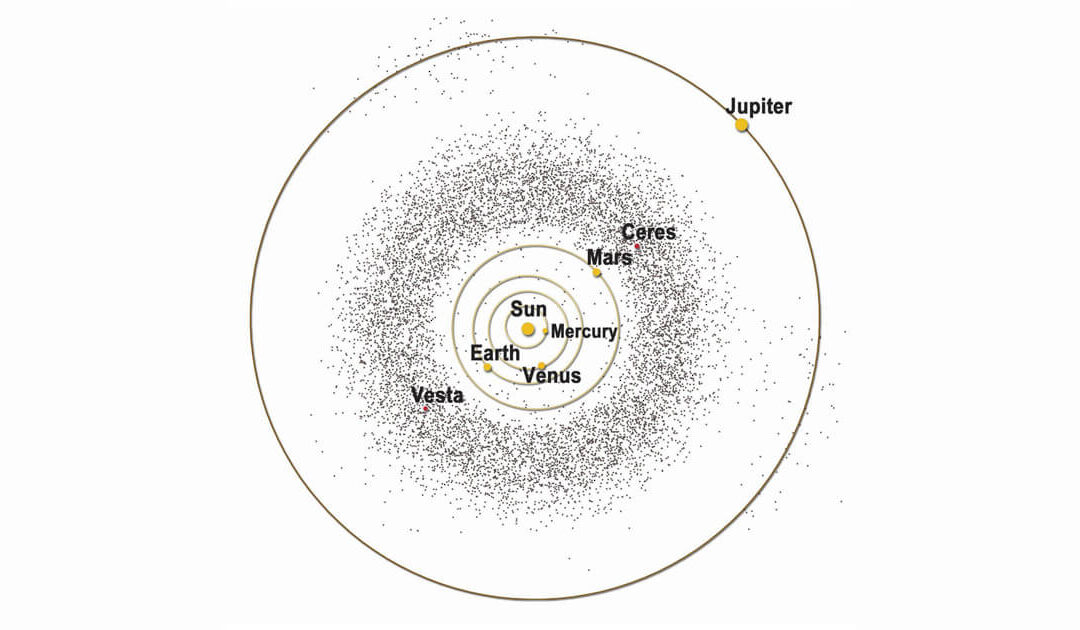
Stargazing: June 30 Asteroid Day – date of Siberian Tunguska Event; largest asteroid impact in recorded history
Pre-dawn hours of June 27 will bring peak opportunities to view June’s Bootid meteor shower. A thin crescent moon will enhance the chances of seeing meteors flash across the sky. Home > Blog ...

Stargazing: Solstice June 20– also, Moon-Saturn-Neptune close approach 5:45 a.m. June 18
Welcome summer! On Friday June 20 at 10:42 p.m. EDT, the sun will reach its northern-most point in the sky. Home > Blog Welcome...
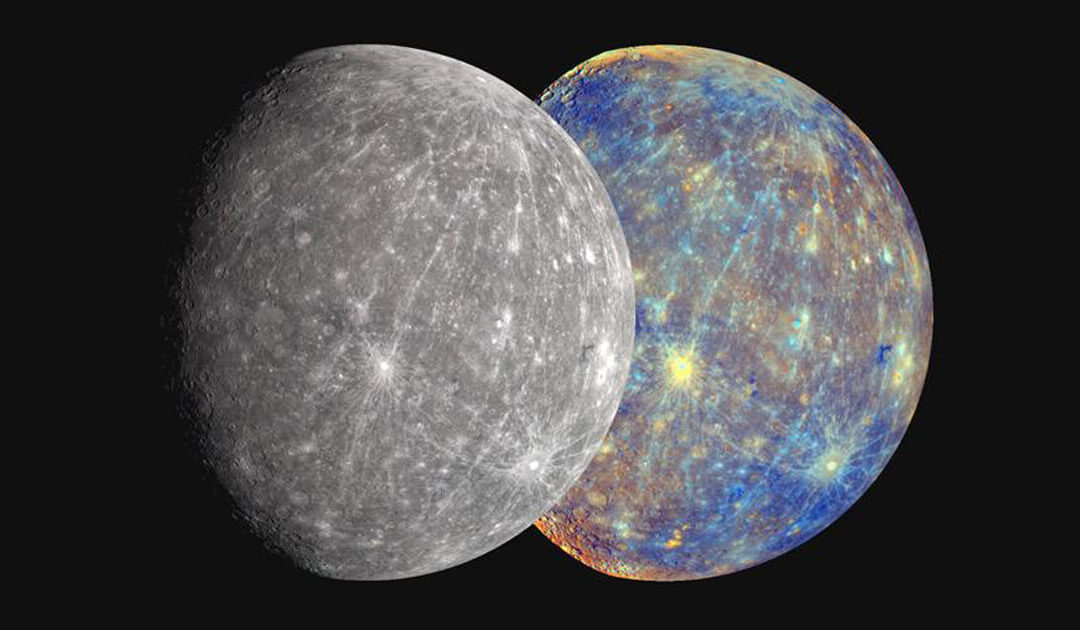
Stargazing: Mercury spotting from June 12-29
Mercury watchers will have several chances to view this elusive planet over the next two weeks. Since Mercury is the closest planet to the Sun, there is a small window in which it is visible. Home > Blog [acf...
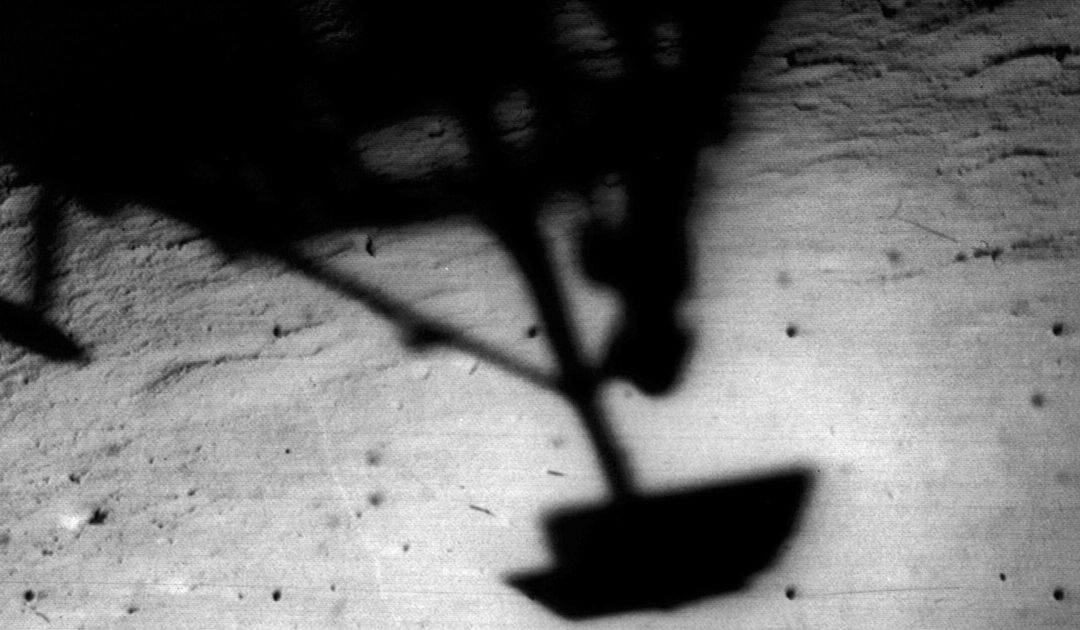
Stargazing: Surveyor 1 June 2 Moon landing 1966
On June 2, 1966, Surveyor 1 softly landed on the lunar surface, and NASA celebrated a significant success in the Space Race. Home > Blog ...
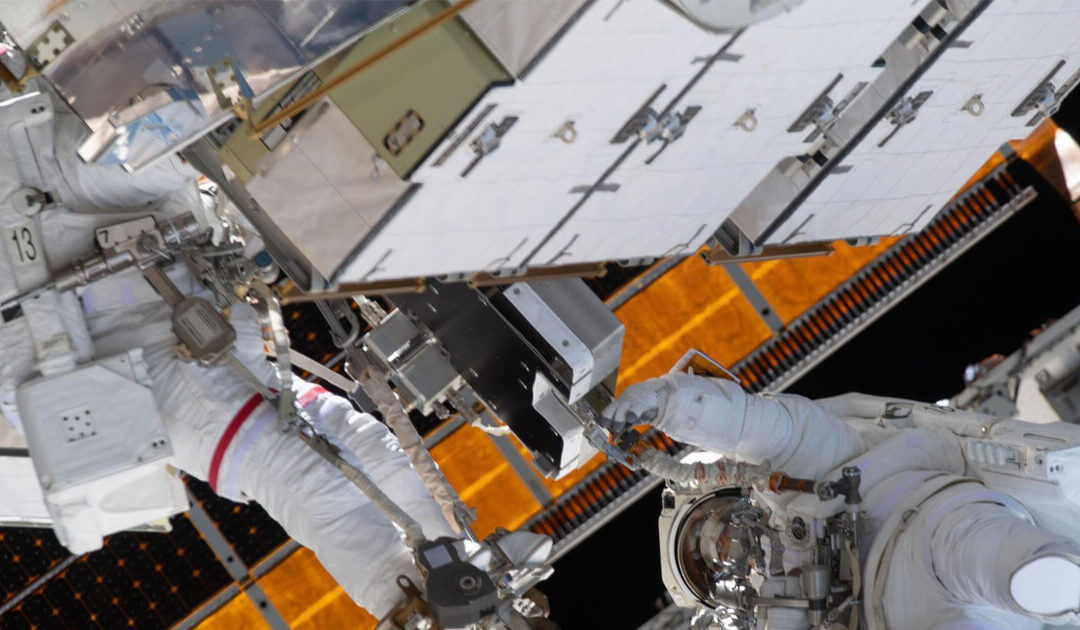
Stargazing: Ed White 1st American to walk in space/ISS’s first all-woman spacewalk
Sixty years ago, an American astronaut walked in space for the first time. At 3:45 pm on June 3, 1965, Ed White opened the hatch of the Gemini 4 mission and propelled himself into space. Home > Blog [acf...
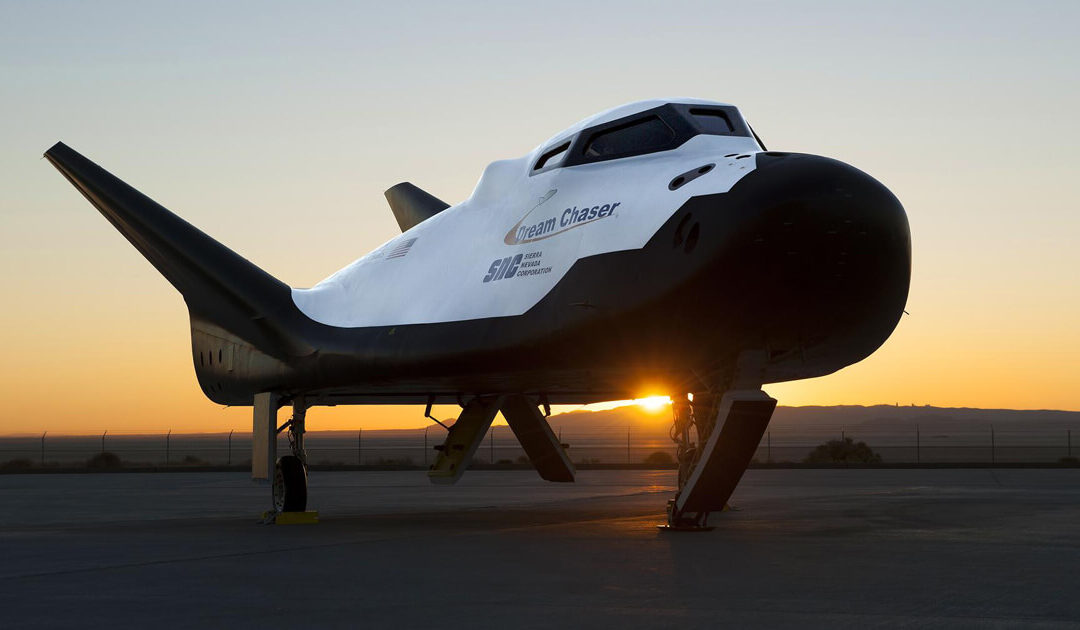
Stargazing: ULA Vulcan Centaur: Sierra Space Dream Chaser
A spaceflight first is poised to take place in May. Sierra Space Corporation, the private Colorado-based company, has been developing a reusable “spaceplane.” Home > Blog [sv...
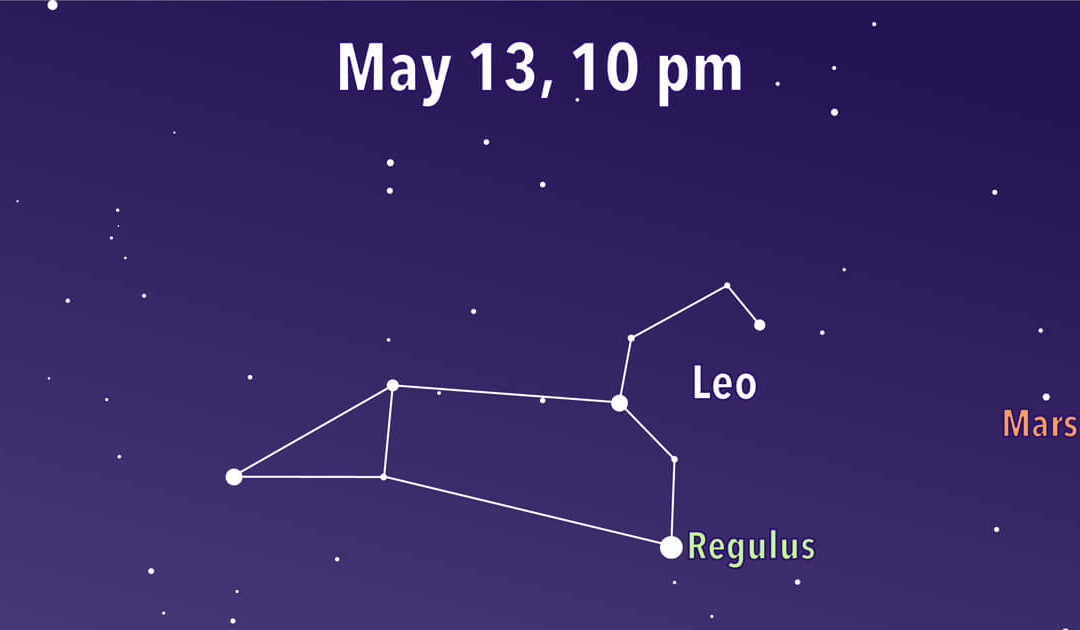
Stargazing: Leo the Lion still regal in the sky
Leo the Lion, the twelfth largest constellation, still regally rules the springtime heavens. It is easy to spot the distinctive backward question mark shape that creates the mane of Leo. A triangle of stars forms the hindquarters. Home > Blog [acf...


